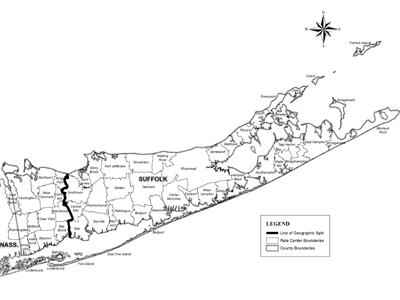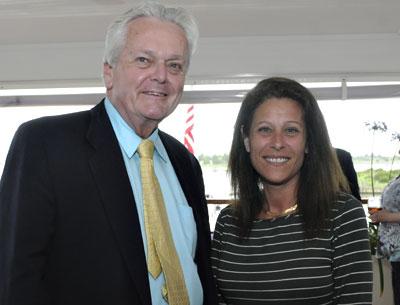Limit on Beach Drinking
Limit on Beach Drinking
A hearing on a new plan to curb drinking at Indian Wells Beach in Amagansett by banning alcohol during lifeguarded hours only on Saturdays, Sundays, and holidays through the rest of the summer is expected to be scheduled for July 17. But, by the time a new hearing is held and the law put into effect, there will be only a few weekends left of the summer season.
The East Hampton Town Board already held a hearing on an alcohol ban that would have applied to Atlantic Avenue Beach, as well, and would have been in effect every day of the week. The proposal was scaled back in the face of opposition by the East Hampton Town Trustees, who have jurisdiction over those ocean beaches based on a Colonial-era patent. Town board members agreed to go along with what the trustees have said they would support, though several did so reluctantly and with disappointment.
The compromise includes reducing the area of beach where the weekend ban would be in effect to 1,000 feet in each direction from the beach road-ends.
“I think it’s the best we’re going to achieve, working together with the trustees,” Supervisor Larry Cantwell said Tuesday. “It addresses the problem where it’s occurring, at this specific beach.”
Residents have been complaining over several seasons about rowdy summertime crowds at the beach. Access to the parking lot has been restricted, and the situation there, which some deemed “chaotic,” is more orderly.
Extending the alcohol ban to the neighboring Atlantic Avenue Beach was proposed to prevent the crowd from simply shifting to another beach.
“I’m disappointed that we’re at July 1, and there is still nothing in place,” said Councilman Peter Van Scoyoc. By the time a new law is in place, in early August or later, he said, “this year’s done, without any meaningful change.” He said he would prefer to adopt the law proposed by the town board, and consider revising it for next year.
Councilwoman Sylvia Overby also said she was disappointed. “We did hear from our constituents,” she said, referring to the many people who asked the board to do something to tamp down the situation. “They are the same as the trustees’ constituents. I guess the trustees heard something different,” she said.



